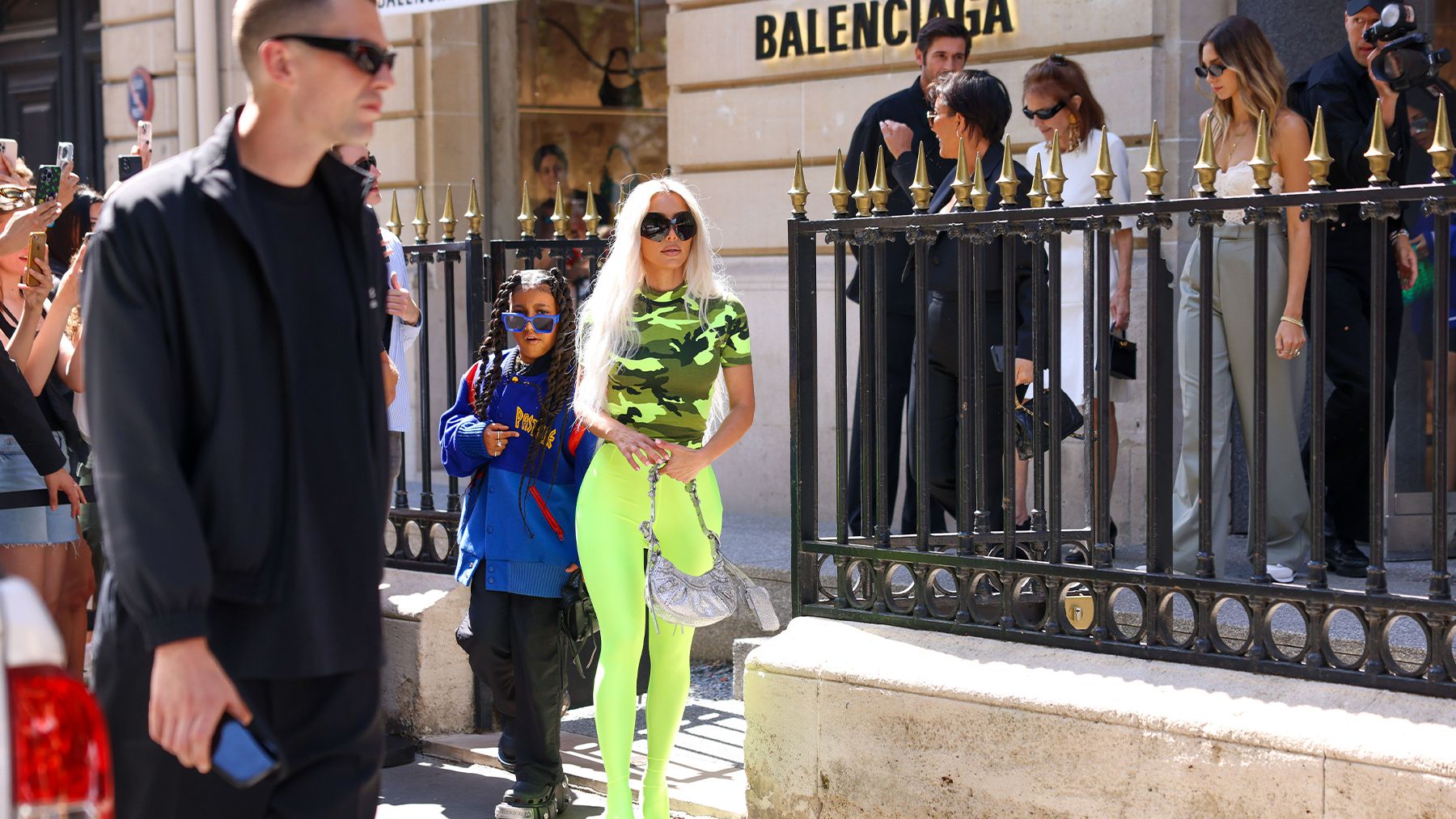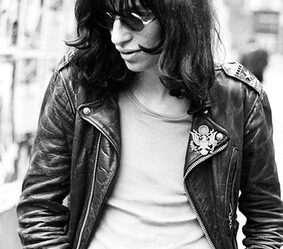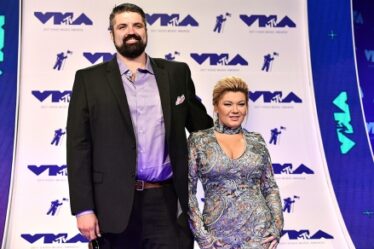
In July 2013, fresh off a major corporate rebranding, Kering made a big strategic bet: focus on the luxury segment. Almost a decade later, that bet has largely paid off.
Flagship brand Gucci delivered the most dramatic turnaround in the history of the industry, while stablemates Saint Laurent, Balenciaga and Bottega Veneta have surged ahead.
All told, Kering’s luxury sales have grown at 33 percent CAGR over the last 10 years, driven mainly by like-for-like growth. This has pushed return on invested capital (ROIC) above 40 percent for both Gucci and Saint Laurent, with the group’s smaller brands catching up quickly.
Bold Creativity
Kering’s brands have successfully captured the zeitgeist with bold new creative propositions. Gucci took a bold turn towards magpie maximalism and was one of the first major luxury brands to pivot to streetwear in 2015. Balenciaga’s Demna Gvasalia has proven a daring storyteller, who attracts as much criticism as praise — all the better to drive conversation — with iconoclastic designs and campaigns with the controversial Kim Kardashian. Meanwhile, at Bottega Veneta, Daniel Lee reimagined the group’s “stealth wealth” brand with bold textures and vibrant colours — the most popular being ‘Bottega Green’ — that stand out on the street and on social media, signalling status to those in the know without leaning on a logo.
Of course, not all risks have paid off. Brioni under a creative director Justin O’Shea, who had little formal training or experience as a designer, was a failure. But that hasn’t stopped arch rival LVMH from seemingly emulating strategy with its reinvention of Celine after Phoebe Philo’s departure, wiping the slate clean with a new aesthetic stance under designer Hedi Slimane. Similarly, Louis Vuitton’s decision to tie-up with Supreme and then appoint Virgil Abloh as men’s artistic director seemed a smart answer to Gucci’s streetwear success.
A Leadership ‘Tripod’
But creativity alone isn’t enough. Also key to Kering’s success is the powerful leadership ‘tripod’ it installs at its brands: CEO, chief creative officer and chief merchandising officer.
Commercial success requires store windows, social media, advertising, wholesale activation, celebrity endorsements, and so on. And that requires creative ideas that are adequately articulated (hence the merchandising function is key) and that this articulation is sufficiently supported by the company’s financial and human resources (hence the CEO is key).
At Balenciaga, the tripod was reduced to a couple: designer Demna and CEO Cédric Charbit. But the trio at the top of Gucci during its years of peak performance — Marco Bizzarri (CEO), Alessandro Michele (CCO) and Jacopo Venturini (CMO) — is the textbook configuration.
Success Beyond Gucci
While Gucci has slowed, success at Kering’s smaller brands has helped it power forward. Non-Gucci brands accounted for 28 percent of EBIT in 2021, up from 20 percent in 2010.
Balenciaga has been the growth champion of the past few years through the sheer force of aesthetic innovation. We estimate Balenciaga is now close to the €2 billion mark, meaning it has overtaken Bottega Veneta to become the group’s third-biggest brand. Balenciaga is strongest in footwear and leather goods, but also stands out in apparel, with Demna’s designs often dictating the trends of the season and inspiring innumerable high street copy-cats.
Meanwhile, Saint Laurent has become the group’s largest absolute profit contributor. Saint Laurent’s return to greatness began with the arrival of Hedi Slimane in 2013. The creative director more than doubled sales and more than tripled profit while he was in charge. Anthony Vaccarello is continuing in a similar vein, having doubled both sales and profit since his arrival. The performance has been driven by an increase in leather goods sales (the category with the highest profitability) which now account for 72 percent of total, up from 44 percent in 2013.
Bottega Veneta has successfully managed to rekindle growth through the reinvention of its iconic “intrecciato.” Daniel Lee increased both sales and profits by 30 percent since his arrival in July 2018, designing the hottest it-bags of the past three years. This was essential given the brand’s historical reliance on leather goods, which once accounted for 80 percent of total sales. That number is down to around 71 percent due to Lee’s efforts in category diversification, with footwear growing from 8 percent to 18 percent of sales since 2019. Now, Matthieu Blazy seems to be leading the brand through a seamless evolution.
Kering has also rationalised its “Other Luxury Brands” portfolio through its divestiture of watch brands Girard-Perregaux and Ulysse Nardin. This has enabled management to focus on Balenciaga and small but fast-expanding Alexander McQueen, which accounted for the segment’s 29 percent growth in the past three years, in line with Bottega Veneta.
Luca Solca is head of luxury goods research at Bernstein.



